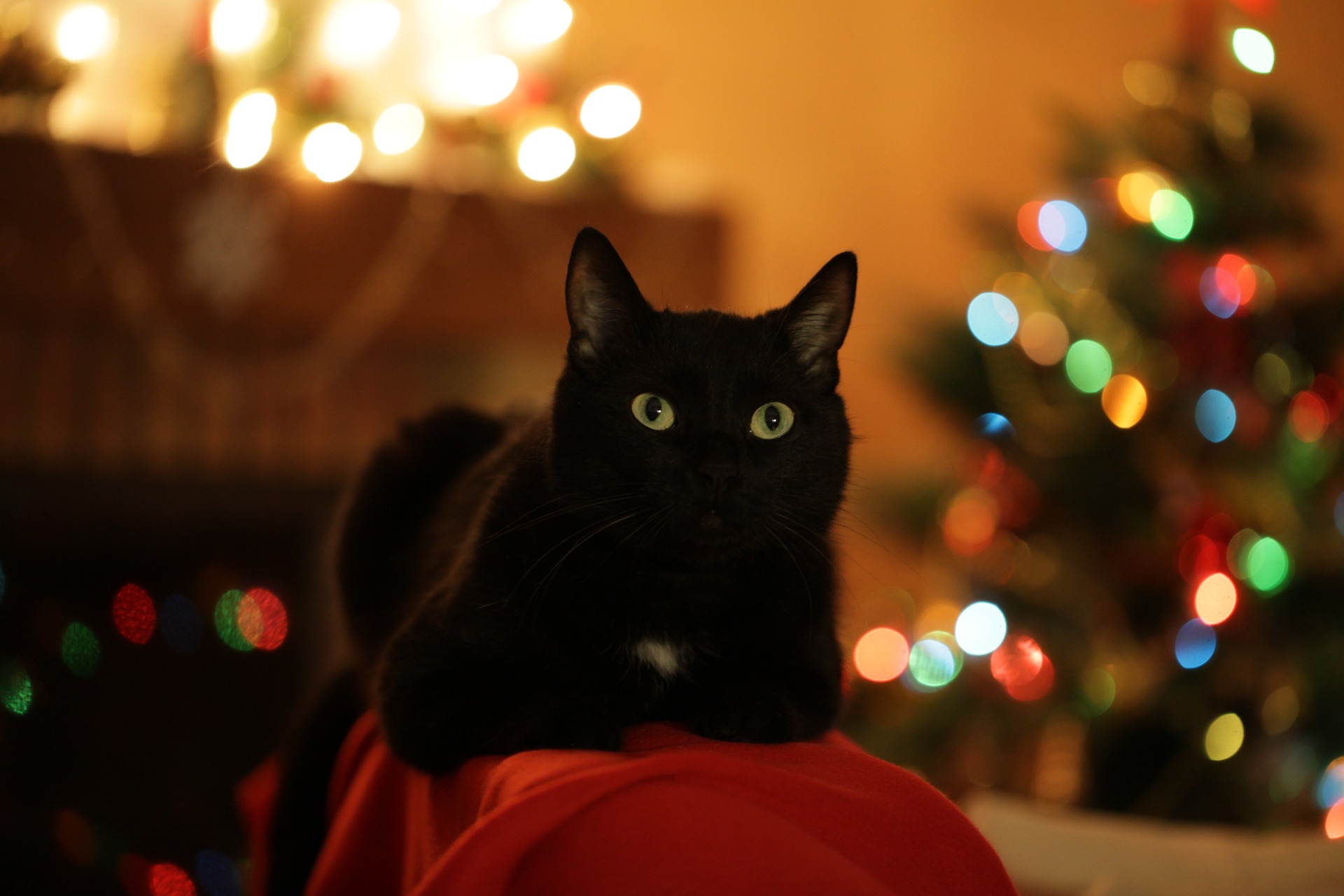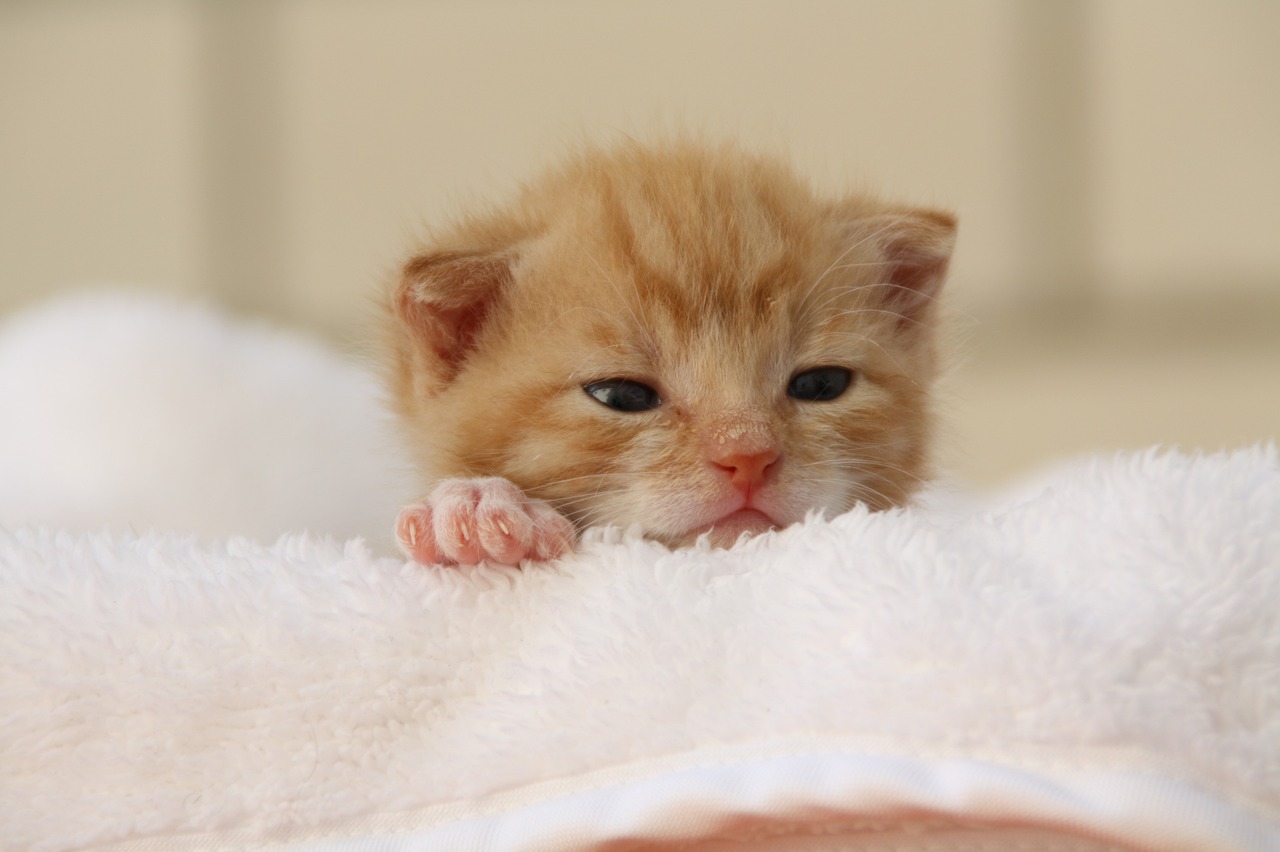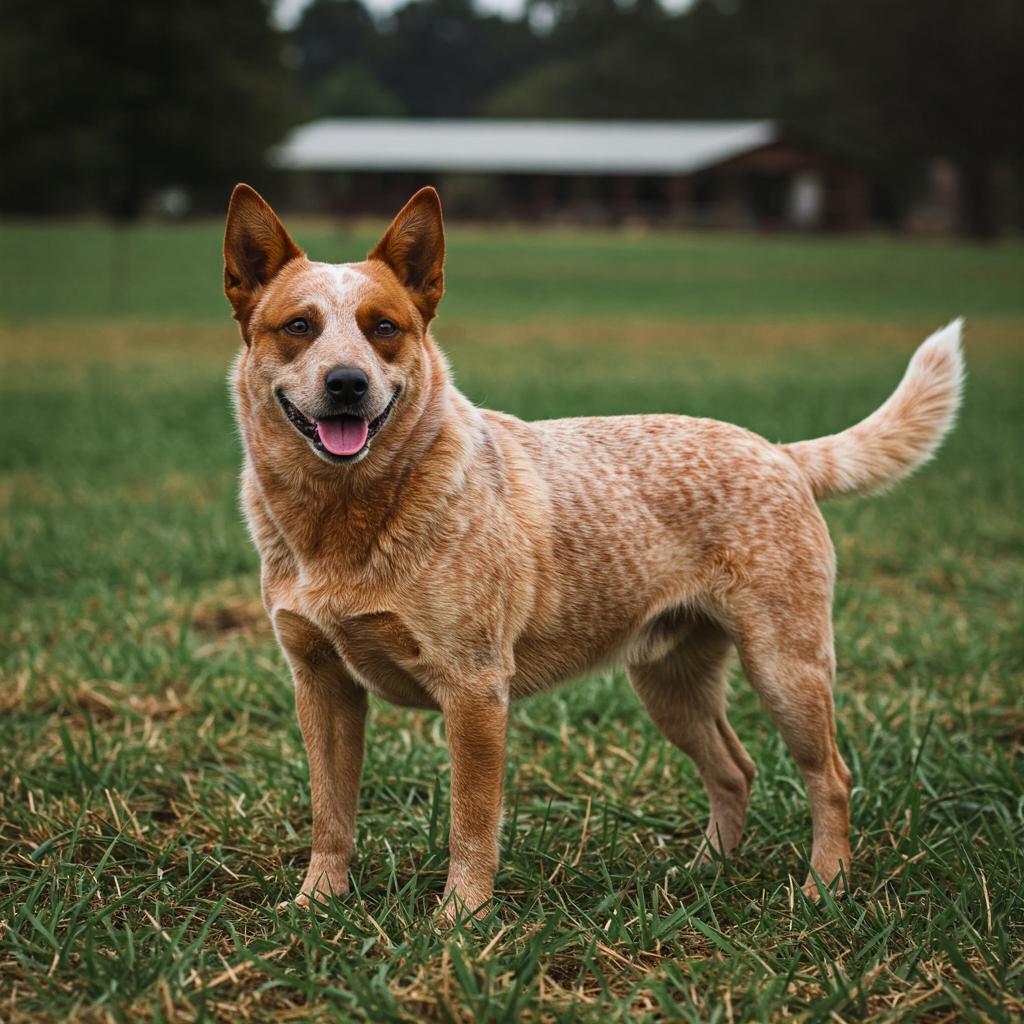
Key Traits of Australian Stumpy Tail Cattle Breed
The Australian stumpy tail cattle dog breed originated in Australia, thought to be around the beginning of the 19th century. As far as its ancestors are concerned, there are two schools of thought, but they have one thing in common; this dog has the dingo (a wild dog native to Australia) in its ancestry. It is the typical Australian short-tailed bovine.
The first hypothesis speaks of a breeder Thomas Simpson Hall who allegedly crossed cattle dogs from the north of England, the Smithfields, with dingoes. This first cross was given the name Hall's heeler. The second hypothesis speaks of a cattleman named Timmins of Bathurst who in the early 19th century crossed a smithfield with a dingo and hence the offspring, consisting of red anuran dogs known as timmins biters.
These dogs were hard workers, but tended to bite excessively. They were then crossed with a short-haired blue merle collie and the result was a perfect all-round dog, which would be the ancestor of today's stumpy tail cattle dog.
From the smithfield it has taken the very short tail, in some cases absent, from the dingoes the robustness and the ability to adapt to any type of environment, some even count the Dalmatian among its ancestors; it is a fact that the stumpy tail (which from now on for convenience we shall call as such) is an excellent herding and guard dog and is bred mainly in the vast inland rural areas of Australia, while in the rest of the world it is almost completely unknown.
Character of the Australian stumpy tail cattle dog breed
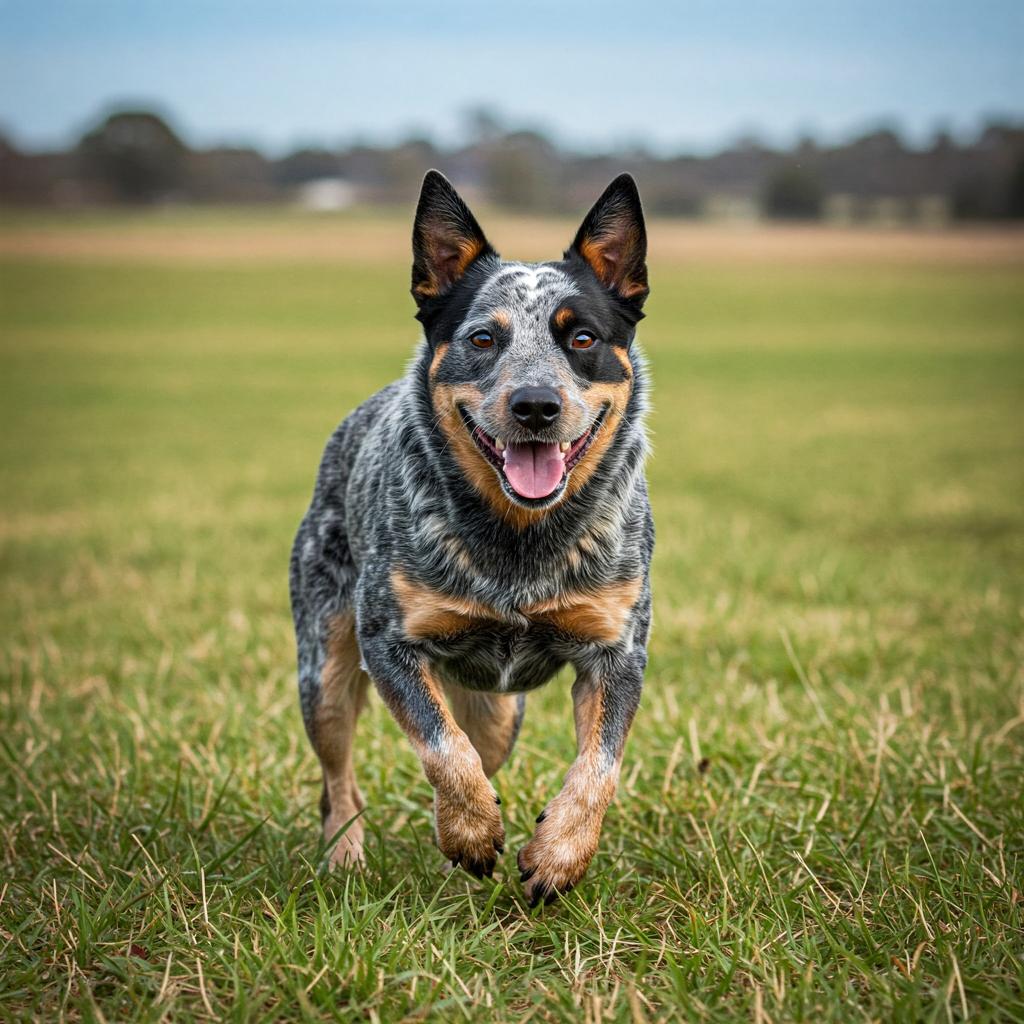
With its owner it establishes a relationship of trust and deep love throughout its life. He has a good temperament although he is not very prone to cuddles; he is happy when his owner is satisfied with him. However, he is also a good companion for the family and even for children; if they belong to his household he likes to play with them, with stranger children he is indifferent.
With strangers he is wary, and this makes him an excellent watchdog, and he is quick to warn his master when he sees a stranger.
It is included in the herding and cattle dogs, and the work it does best is that of guarding and keeping livestock, and it does not like living indoors much, preferring to be outside with its kennel in a sheltered place.
Training this breed is very simple, although it must be started from puppyhood. It is a very intelligent dog, so with the right discipline there will be no problem in training it. He loves to please his master and never tires in training sessions, always giving his best.
Appearance of the Australian stumpy tail cattle dog breed
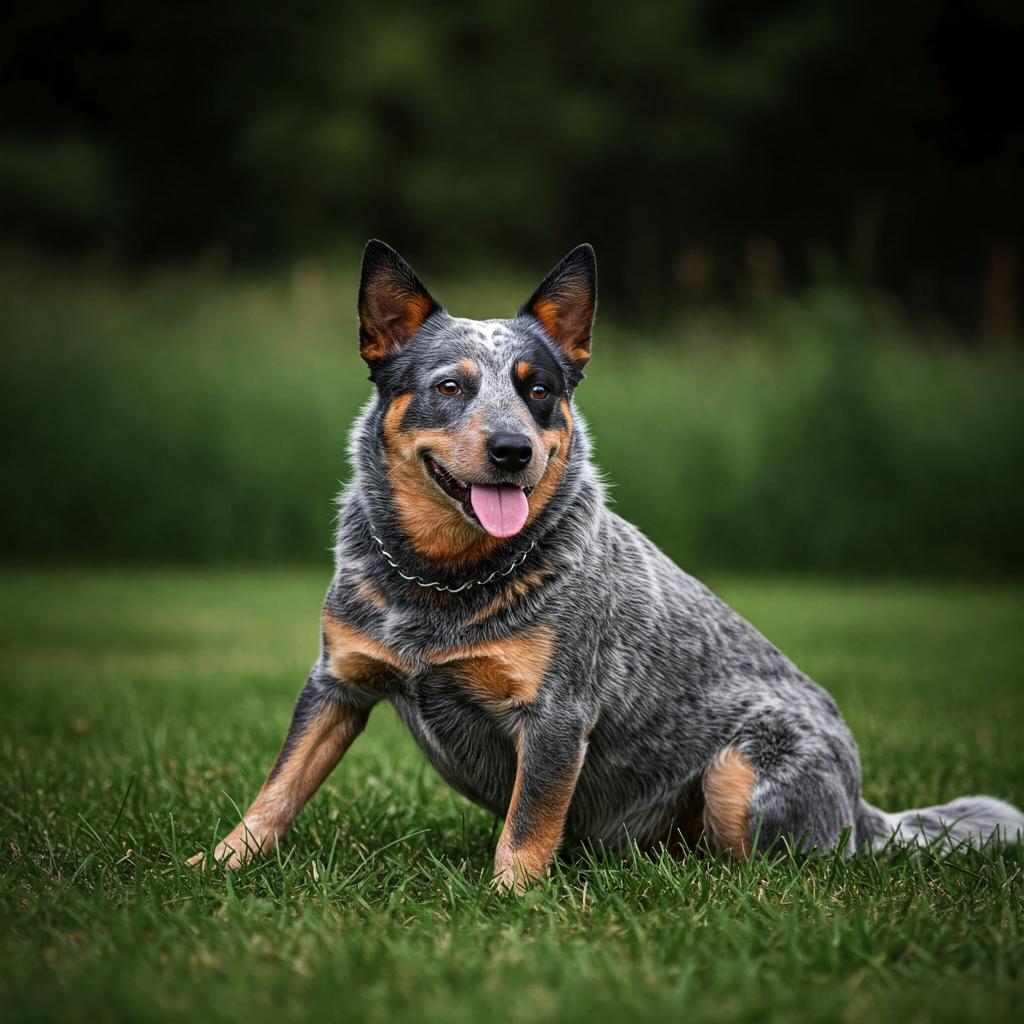
It has an agile and casual gait and its slender build makes it capable of quick and snappy movements. The back is straight, broad and strong, the neck is exceptionally powerful, muscular, of medium length and arched.
The tail is squat, practically absent. The limbs are very muscular and end in round feet with hard, thick pads. Its general appearance is robust and muscular but well-proportioned, and it is a dog accustomed to withstanding heavy workloads even under very particular conditions.
The skull is broad and flat, the muzzle is of medium length, well filled under the eyes with powerful jaws that narrow into a strong blunt muzzle. The truffle is black, the eyes are oval-shaped and medium-sized and their colour is generally dark brown. The ears are rather small but wide at the base and end in a pointed shape.
It is a short-haired dog and is very distinctive both to the touch and to the eye. The coat is double and smooth, with a short, dense undercoat, somewhat harsh but waterproof. It is longer under the body and on the limbs, on the head and feet the hair is shorter. This is because this dog spends a lot of time outdoors.
The coat colour may be blue, marbled blue or spotted blue. Sometimes there are also black, blue or flecked spots on the head, while the forelimbs are fire-coloured up to the middle then fade.
Care and health of the Australian stumpy tail cattle dog breed
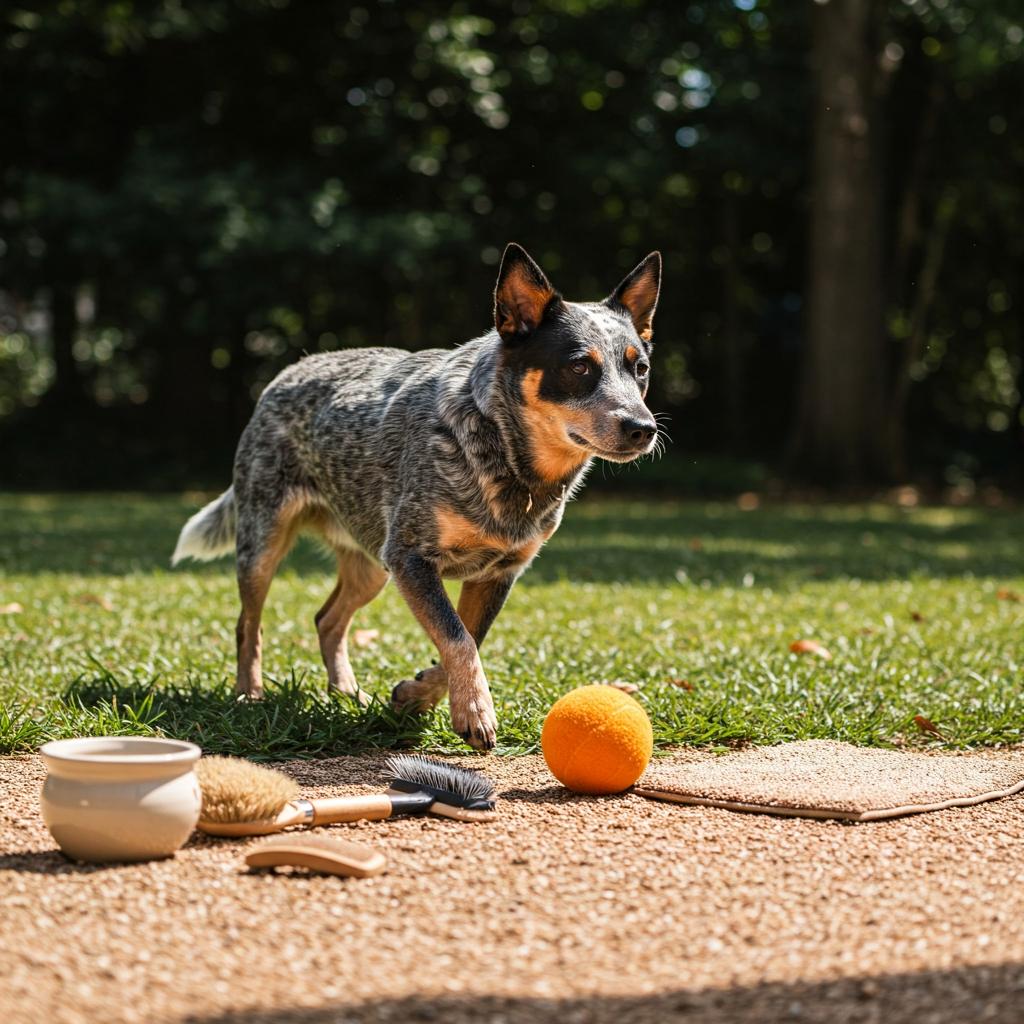
With regard to the care of its coat, it is very resistant and is characterised by short hairs that do not require any special care. It only needs to be brushed occasionally to keep it shiny and thick. The stumpy tail moults only once or twice a year.
Feeding does not require any special specifications, a mainly protein diet is sufficient and in any case balanced, it regulates itself very well.

